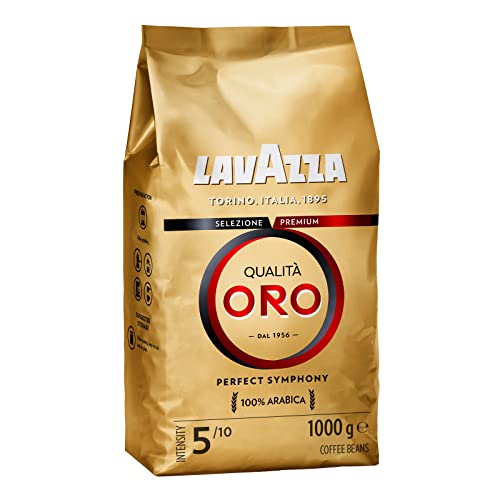Starbucks Coffee Beans 1kg
Starbucks was a cozy café situated in Seattle Washington, before it became famous for its Peppermint Mochas and red holiday cups. The Starbucks founders were focused on selling whole beans of coffee, but did not see the potential in espresso drinks.
Schultz changed everything. He was determined to demonstrate his roasting and blending skills.
Origin
Starbucks coffee beans go through an extensive, winding route before they reach your cup. Coffee is cultivated almost exclusively in the Coffee Belt. This area is located all over the world between the Tropics Cancer and Capricorn. The climate, soil and the culture of each region affect the taste of the coffee beans. Starbucks sources its coffee from more than 30 countries around the world.
coffee bean 1kg Coffeee are typically produced in Latin America, Africa and Asia-Pacific. These regions are famous for their full-flavor, balance of acidity and weight. Starbucks also sources some of its coffee from the island of St. Helena, a volcanic tropical paradise in the South Atlantic Ocean.
The Starbucks's coffee beans are roast to perfection giving them an incredibly smooth and delicious flavor. The coffee beans are crushed into a fine powder and ready for brewing. The powder is then mixed with water, and then poured into a cup, creating an exquisite cup of espresso. The result is a cup that is full of flavor and energy.
Starbucks stores offer a variety of single-origin beans. While most Starbucks coffees are made by mixing various beans, they also have a few varieties that are made from just one bean. The company's single-origin coffees offer an array of flavors that include sweet and nutty fruity, chocolatey, and sweet. Certain single-origin beans are certified organic.
Although Starbucks's beans are sourced from all over the world, they have to meet certain requirements to be considered specialty coffee. Specialty coffee was first introduced in the 1980s when roasters and cafes began to experiment with lighter roasting techniques and manual methods. Starbucks did not begin using these standards, but it has since adopted these standards.
Starbucks also works to improve the quality of life for those who grow its coffee. It offers its farmers a higher price above market prices and assists them in investing in their communities. It also promotes sustainability, and works to reduce waste. This has resulted in the creation of new methods for growing coffee and practices that help protect the environment.
Roast
Starbucks roasts beans in large quantities and buys them in bulk. The process of roasting takes between 10 and 15 minutes. The end result is that the beans are dark roast. Dark roasted beans have a rich flavor, and have a full body. The beans are ground, then sent to supermarkets and stores in the form of coffee grind. This ground coffee is bitter and is not ideal for making the perfect cup. This is why a lot of people add a lot of sugar, cream flavorings, milk whipping cream, and other flavorings to their cup of joe. This won't mask the bitterness of the coffee, but it will make the drink more appealing.
The beans begin to steam when they are placed in the roaster for the first time due to their internal moisture. Then comes the "first crack" that is an audible sound that indicates when the roasting process has actually begun. At this stage, the sugars start to caramelize, and the water that has been encased is beginning to escape. At the same time the structure of the bean is broken down and oils begin to flow outward from their little pockets. This stage is the time at which the majority of coffees are considered city roasts.
The roasted beans then cool and are separated from any stones or other impurities that have escaped the roaster. Then they are checked by hand and then bagged to be sold. Some beans have a dark spot that is called a quaker. The beans did not change color or tasted burned. This is a typical phenomenon and does not necessarily mean that the coffee is bad.

The beans are typically roasted in small batches, sometimes as little as 20 pounds. These are known as "micro lots". This is because each coffee is roasted to specifications set by a Starbucks team of coffee masters. The team of experts in coffee creates distinctive profiles that are utilized by all Starbucks(r) roasting facilities around the globe. These profiles help to ensure that each cup of coffee produced will be consistent, and has the same amount of body and taste.
Flavor
Starbucks purchases their beans directly from the farm on which they were cultivated, in order to improve the quality of their beans and ensure an ethical source. They also plant a coffee tree for every pound of beans sold. The beans themselves aren't labeled to indicate where they originate from, though some of the blends do - Veranda is from Sumatra, Komodo Dragon from Indonesian, and Anniversary is a mix of african and central american beans. The beans have a unique flavor profile and produce an elegant cup that has delicately balanced sweetness and smoothness. Each sip unveils a symphony of flavors, leaving a lingering, pleasant taste on your palate.
Weight
The weight of Starbucks coffee beans 1kg depends on the blend. A Starbucks House Blend, for instance, weighs 14 oz per pound. Walmart's pound of Espresso Roast beans weighs 16 oz. This is equivalent to a 67% cost increase at Starbucks when compared to Wal-Mart.
Starbucks' Pike Place Roast is named after the famous Seattle marketplace. The light-medium roasting provides sweetness, balance and a smoothness to each cup. Made using beans from Latin America, this blend is perfect for Americano and espresso. This gourmet blend comes with a FlavorLock package for protection and preservation of flavor. This is Starbucks' timeless signature coffee. This is a great choice for those who love coffee! Made of 100% Arabica beans. An ideal gift idea for all Starbucks fans.
